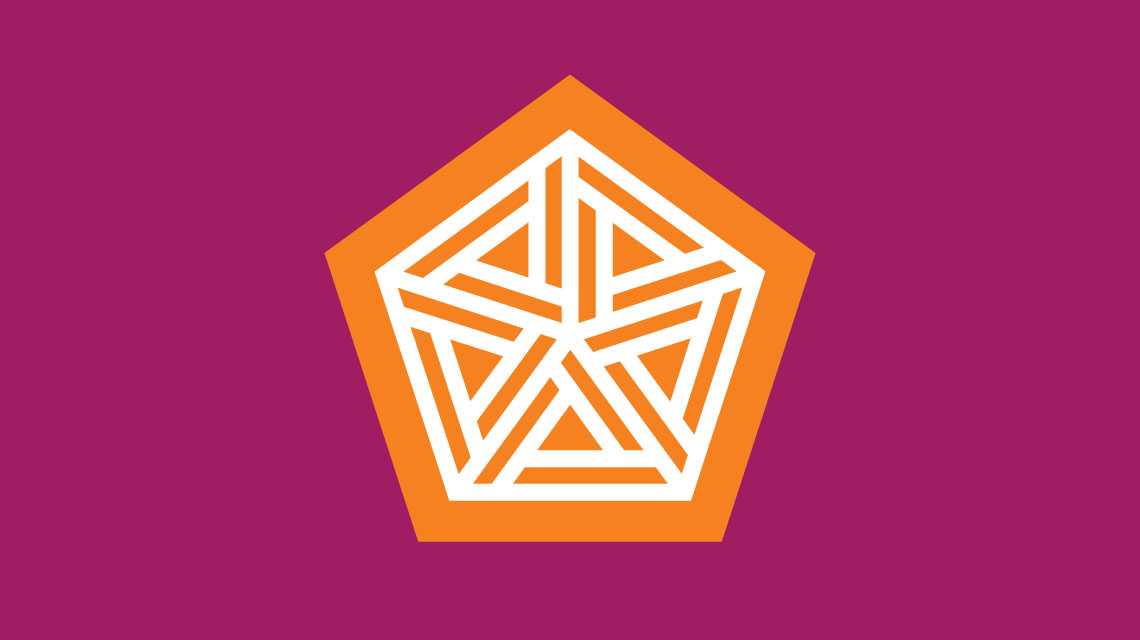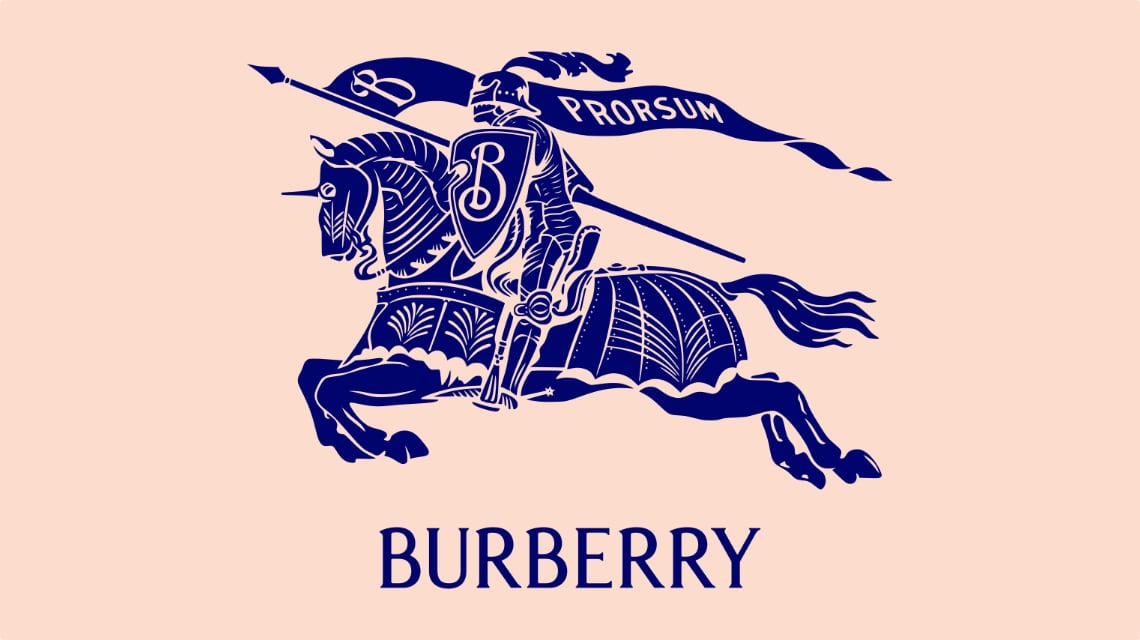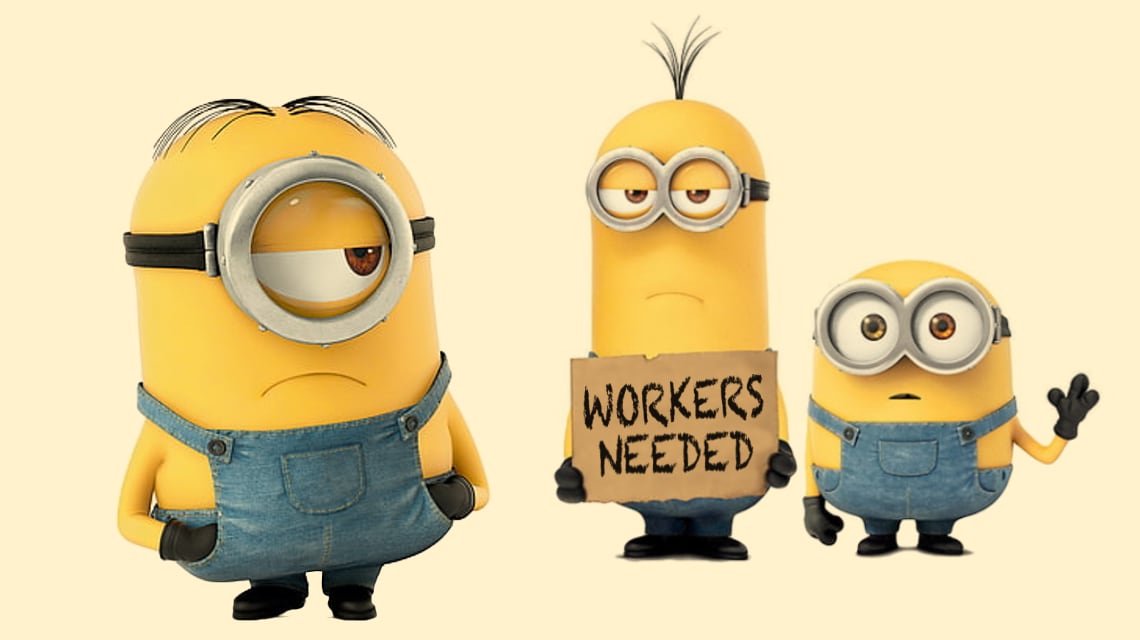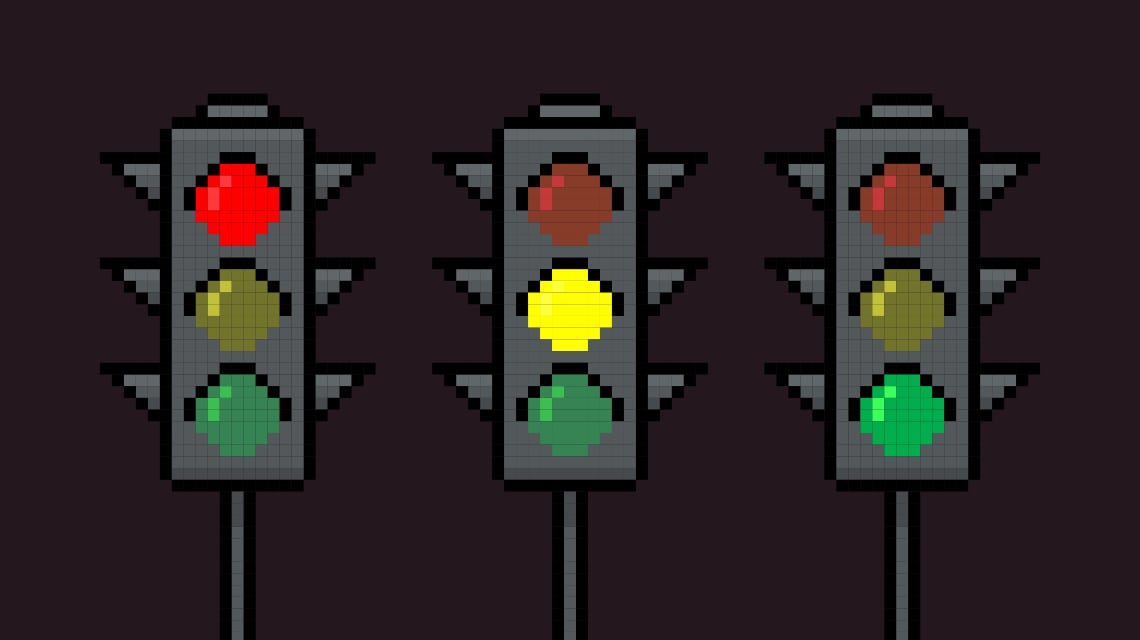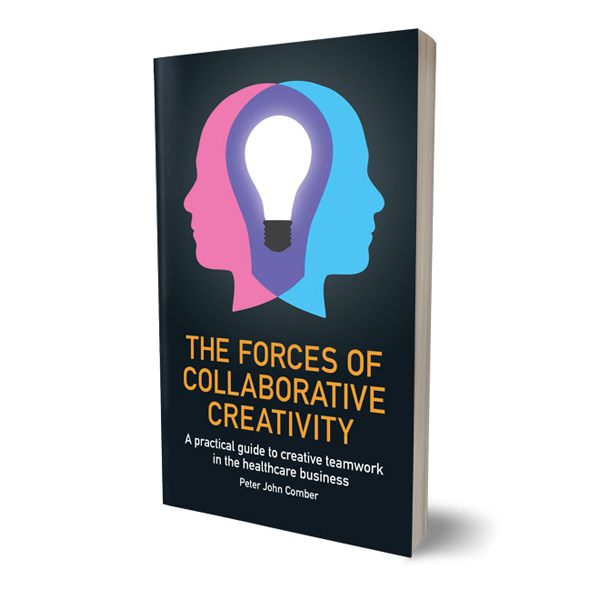Empathy and Collaborative Creativity.
The second in a series about the five forces of Collaborative Creativity.
In ‘The Forces of Collaborative Creativity’, I explain the Collaborative Creativity method and examine its effects and why it works. The theory I have formed, based on personal experience and observation, is that Collaborative Creativity generates five forces: Self-discovery, Empathy, Realisation, Cohesion and Invention. In this article, I focus on Empathy.
The force of Empathy is all about our ideas of others. The way we act towards others is influenced by our knowledge and beliefs about them; improving our understanding and compassion of others allows us to improve the quality and utility of our interactions. In Collaborative Creativity, the force of Empathy focuses on capturing and transmitting the experience of others.
Capturing the experience of others is not easy. In my previous article, I talked about the force of Self-discovery and how much of what we think and do is not governed by conscious thought. Understanding someone else is complicated by that person not having complete conscious comprehension of themself. By engaging in creative exercises and comparing our actions and ideas with those of our peers we can become more enlightened regarding a given aspect of our life and be able to explain it more clearly and effectively to others - facilitating Empathy.
Collaborative Creativity uses creative exercises specifically designed to help participants focus on the expression and transferral to others of personal experience. In healthcare, this is especially valuable for capturing the full experience of patients, caregivers and healthcare providers.
There are many ways of transmitting the experience of others, some more effective than others. In Collaborative Creativity, the transferal of Empathy involves interpreting the captured feelings/thoughts/needs of another group and making sense of them in a given context. The elaboration and introjection of emotional information regarding a third party invariably leads to more positive actions in favour of that party.
As science discovers therapies for rare and ultra-rare diseases, even the most knowledgeable corporations can find themselves dealing with patient populations with which they are unfamiliar, and which are obscure even for the specialists who see the very few patients with that condition. Collaborative Creativity is a valuable tool for obtaining and acting upon knowledge of the patient-physician experience and mindset. This is the force of Empathy.
